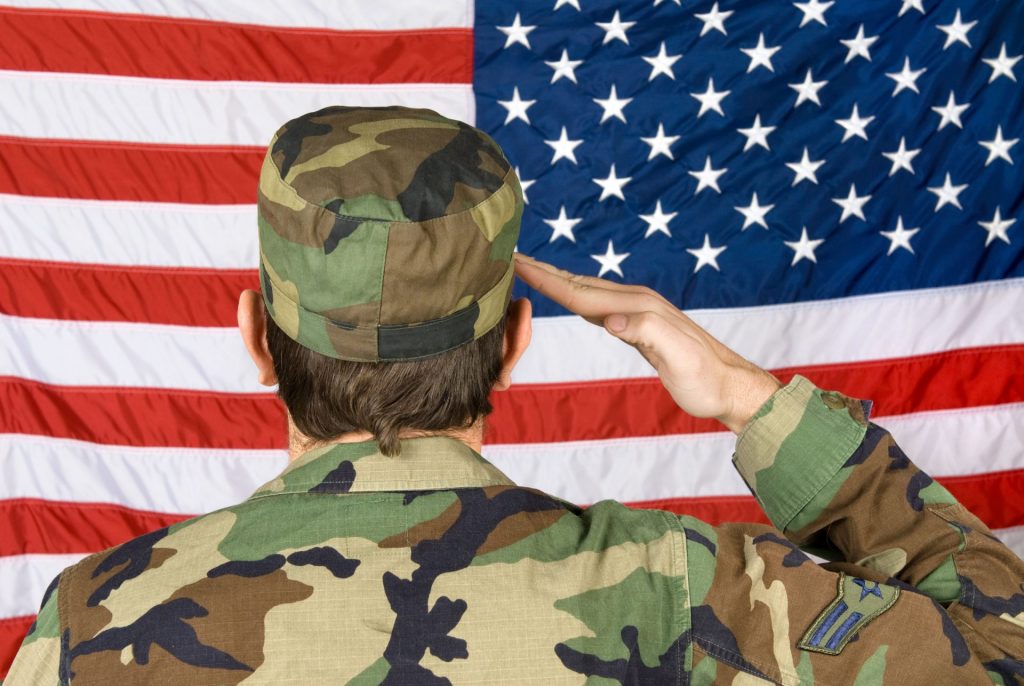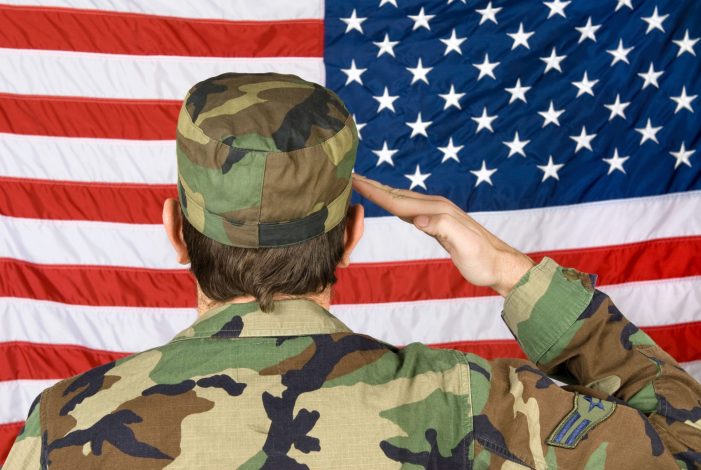
Rockwall, TX (July 26, 2023) – Today the US Army has about 500,000 Soldiers in its active force. As previously discussed, people range in rank from Private to General. Skills these Soldiers are trained in range from supply room clerks, to infantryman, to tank commanders, to personnel specialists, to almost any vocation you would like to suggest.
But how are these people all organized and structured to fight an enemy on the battlefield?
The very basic structural unit for combat is the Squad. This small unit is generally composed of 10-12 Soldiers with a Sergeant (E-5) being the person in charge. For non-combat related specialties like communications, transportation, etc., Teams replace the Squad as the basic unit and generally are composed of 3-5 Soldiers.
Moving up the organizational structure, the next unit is the Platoon, generally composed of 40-45 Soldiers. An officer, usually a Lieutenant, normally leads this unit assisted by a Platoon Sergeant (E-7). Michael Baley, currently with the Royce City Police Department, was a Platoon Sergeant in Kosovo, and, because of his outstanding performance, he was temporarily moved into a Platoon Leaders position prior to his returning to the States.
The Company is the next unit up the line. It normally has from 120-160 Soldiers and is lead by a Captain. His job is to command and control his Soldiers, through his Platoon Leaders, both off and on the battlefield. Usually, a Company will have 3-5 Lieutenants and a First Sergeant (E-8). Several men from our area, like Jeff Schneider and Mario Barrett, commanded companies in combat in Iraq and Afghanistan.
The Battalion has 3-5 Companies assigned and generally has from 600-800 Soldiers. It is commanded by an experienced Lieutenant Colonel who has a full staff of Majors and Captains who specialize in specific areas needed on the battlefield. His senior enlisted man is a Command Sergeant Major (E-9), the highest enlisted rank in the military.
For those of you who might think the Company Commander is really a great job, they have not had the opportunity to be a Battalion Commander. I did it for two years in Germany with a Battalion in the 8th Infantry Division during the Cold War and it was absolutely the best two years of my life. What an opportunity to lead and mold 800 Soldiers into a cohesive organization that could accomplish their mission at the drop of a hat. Greg Maxton, from our area, was a Battalion Commander in Iraq. Ask him if he mirrors my views on how great a job it is!
The Brigade is usually composed of 4-6 Battalions and is commanded by a Colonel. Its strength is about 4,000 Soldiers. Brigades are usually assigned to the next higher level, the Division, but they can be self-sufficient and are often employed as a separate fighting unit.
The controlling headquarters for the Brigade is the Division. Usually commanded by a Major General (O-8), the Division may have 3-4 Brigades assigned. Several of our more famous Divisions include the 82nd Airborne and the 101st Airborne (Air Assault). Currently there are 10 active-duty divisions in the Army.
There are many other organizations in the US Army that do not fall exactly into the structure discussed. Specialized organizations like Logistics, Medical, Aviation, Transportation, and others have their own organization that most readily suits their assigned mission. But up through Company level, they are all basically the same.
It is simple to answer the question of “with so many people with so many different skills, how does the Army keep track and control all of them”. They make sure every individual is assigned to an organization where supervisors train, teach, lead, support, and help them. No person in the Army is ever by themselves…and that is one reason why our Army is the best in the world!
Men and women from our area have been assigned to each one of the units discussed. Some have been in combat and others served during a period when our military was not engaged in combat operations somewhere in the world. Ask them what they thought of their service and then thank them for being part of an organization that helps keep all of us here in the US free!
 Jerry Hogan is a former Rockwall County Judge and retired US Army Lieutenant Colonel who volunteers to write these weekly articles. He can be reached at jerryhogan@sbcglobal.net or 214-394-4033.
Jerry Hogan is a former Rockwall County Judge and retired US Army Lieutenant Colonel who volunteers to write these weekly articles. He can be reached at jerryhogan@sbcglobal.net or 214-394-4033.



